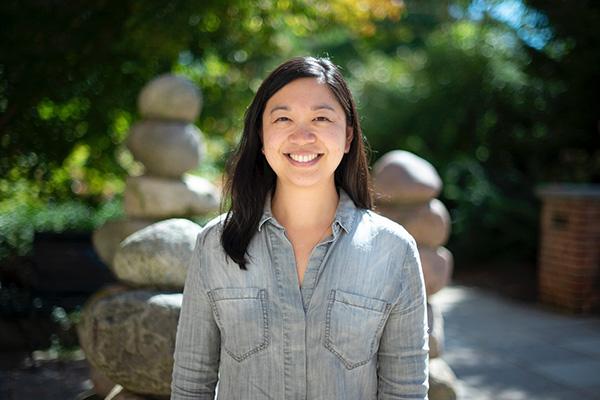
Speaker: Kimberly Lau - Penn State University
Seminar Title: Promises and Pitfalls of Paleoredox Proxies in Carbonate Rocks
Abstract: The redox state of the oceans strongly influences organic carbon burial, habitability for marine biota, and biogeochemical cycling of nutrients and critical redox-sensitive elements. There are various methods for reconstructing oxygenation and deoxygenation through Earth history: Of these, inorganic geochemical proxies offer the potential to track redox conditions across a range of temporal and spatial scales. Carbonate rocks and sediments are a popular archive for geochemical paleoredox proxies because they have been deposited nearly continuously for over 3.8 billion years. Because their precipitation can be directly linked to seawater chemistry, their geochemistry can record time intervals of elevated organic carbon accumulation and/or heterogeneous redox conditions on both global and regional spatial scales. The fidelity of these paleoredox records—which include carbonate-associated sulfur isotopes (δ34SCAS), ‘stable’ uranium isotopes (δ238U), chromium isotopes (δ53Cr), iodine-to-calcium ratios (I/Ca), and the cerium anomaly (Ce/Ce*)—in tracking the degree of oxygenation depends on assessing the post-depositional, or diagenetic, alteration of the studied carbonate sediments and rocks. In this talk, I will discuss two case studies: one of how U isotopes can help elucidate the end-Permian mass extinction and another of how diagenetic modeling can help advance interpretations of these records. These results present an updated framework for evaluating carbonate geochemical tracers for tracking ancient anoxia and the carbon cycle.
Host: Matt Saltzman
